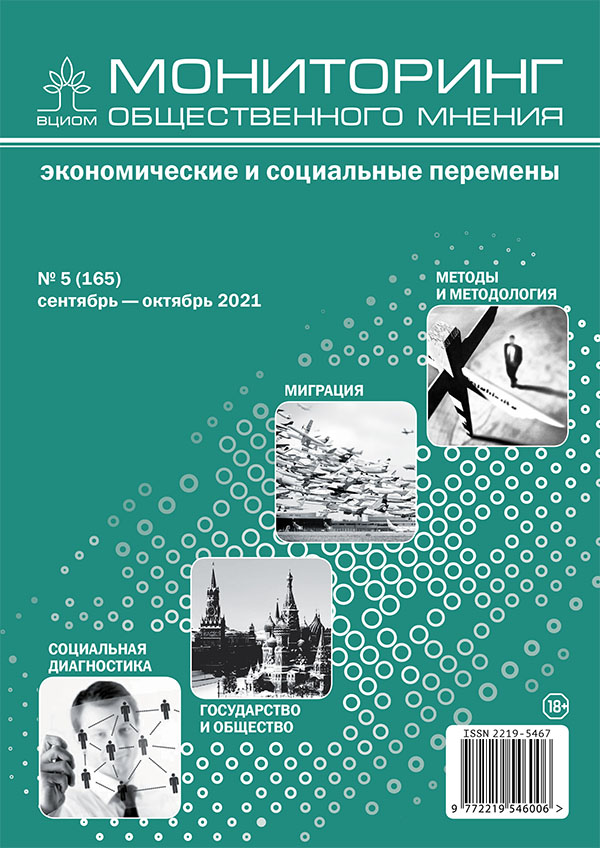A Two-Component Model of Behavior Factors. Consumers Are Still Humans
DOI:
https://doi.org/10.14515/monitoring.2021.5.2097Keywords:
market forecast, demand forecast, microsociology, social action, behavior theory, behavior factors, dual process model of cognition, two-component model of behavior factors, precursors of behavior, explicit factors, implicit factors, attitude, structural theory of attitude, GATO, TOD/TBP, IAT, MODE, RIMAbstract
In our previous article (A Two-Component Model of Behavior Factors: Does Sociology Have Something to Teach Marketing? Monitoring of Public Opinion: Economic and Social Changes. 2021. No. 4. P. 77—98) we considered the theoretical basis for transferring the experience of electoral research into the field of marketing. Applied research on the effectiveness of brand positioning in the pharmaceutical market allowed us to test the assumptions made at that time in practice.
In theoretical terms, we found that the two-component model of human behavior confidently functions in a new object domain, which expands the grounds for recognizing its universal nature. Within the framework of the structural theory of attitude the paradigm of “interaction / mutual influence” of behavior factors is reinforced. On the contrary, the competing paradigm of “double dissociation” is problematized.
From the methodological point of view, it turns out that the sensitivity of explicit and implicit measurements in relation to different objects and subjects of observation is not the same, which in itself constitutes their important essential characteristic.
Finally, in practical terms, it turned out that an approach which considers behavior as a complex result of the interaction of explicit (conscious) and implicit (unconscious) factors allows to get an in-depth picture of consumer motives and avoid erroneous management conclusions that can directly follow from the results of utilizing traditional models.
Downloads
Published
How to Cite
Issue
Section
License
Copyright (c) 2021 Monitoring of Public Opinion: Economic and Social Changes Journal (Public Opinion Monitoring) ISSN 2219-5467

This work is licensed under a Creative Commons Attribution-NonCommercial-ShareAlike 4.0 International License.






